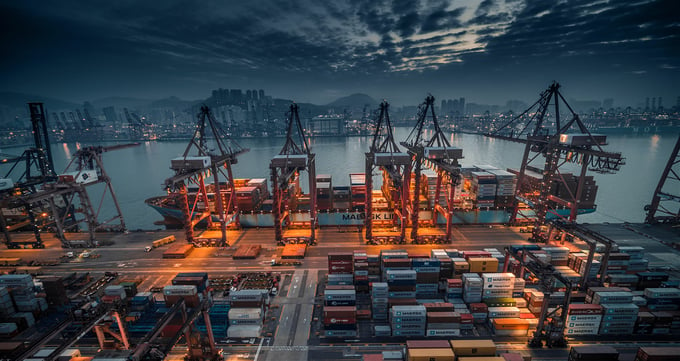Businesses are under more pressure than ever before to produce a robust renewable energy strategy. Even before recent events started playing havoc with wholesale oil and gas prices, there were many powerful drivers to move away from fossil fuels.
Mandatory environmental reporting schemes concentrate the mind, but even more powerful is the pressure to cut emissions from multiple stakeholders: investors, shareholders, customers, other businesses and the public. Growing awareness of the need for climate action comes alongside a growing impatience with greenwash. This is why businesses need a renewable energy strategy that can stand up to scrutiny.
1. Don't ignore the first fuel
Energy efficiency is nicknamed the “first fuel” with good reason: the cleanest, cheapest fuel of all is the fuel you don’t use. Any valid strategy for decarbonising your energy supply has to include action on reducing unnecessary consumption.
A surprising number of businesses haven’t even carried out the more straightforward energy efficiency measures, even though they could expect a swift return on investment. Many of these easy wins for commercial and industrial businesses are in the areas of lighting, refrigeration, heating & cooling systems and industrial motors – the very uses that the International Energy Agency tells us are collectively responsible for 40% of global electricity demand.
While you don’t have to carry out every conceivable measure straight away, demand reduction should be considered in tandem with any renewable energy business plan. Otherwise, you are doing the energy equivalent of leaving the taps running.
2. Additionality, additionally, additionality
The key element that makes your energy supply genuinely renewable is additionality. This means that your energy spending should lead directly to the installation of new renewable energy capacity. Unfortunately, this isn’t as simple as choosing a supplier tariff labelled “renewable”. The current system allows suppliers to buy their energy from the wholesale market rather than directly from generators, but label it as green through buying certificates known as REGOs.
Around a third of the electricity supplied through so-called “green” or “renewable” tariffs can only be labelled as such because of REGOs. As well as the lack of additionality, this represents a cost risk for your business: the price of REGOs has rocketed since spring 2021 and experts expect them to keep increasing. Businesses on REGO-backed renewable tariffs are therefore exposed to another source of price volatility. If your business is a high-intensity energy consumer, this represents a significant source of unwelcome extra costs.
3. Take control of your sourcing
If you want to show stakeholders that you mean business when it comes to renewable energy, you could explore on-site generation and/or a corporate power purchase agreement (CPPA). It’s hard for anyone to doubt your support for new renewable capacity if the solar panels or turbines are visible on site! Rather than take on the project of installing and running the generation project themselves, many businesses sign up for a CPPA with a business that will handle this for them and sell them the energy at below market price.
If on-site generation isn’t practical for your business, you can still sign up for a CPPA that works in a less direct way. You still get your energy from the grid, but your money goes to supporting a generator directly, so it’s better than a greenwashed supplier tariff.
However, some CPPAs still use REGOs, exposing your business to the rising cost of certificates and accusations of greenwashing. Our guide to corporate PPAs explains the situation and how to avoid this.
4. Get external validation
You can prove the robustness of your renewable energy strategy by signing up to a recognised scheme such as the RE100. The RE100 has stringent requirements that businesses joining must meet, such as:
- A public commitment to sourcing 100% renewable energy;
- Transparent reporting;
- Third-party verification of energy sourcing.
The RE100 currently has over 350 members, whose combined electricity demand is greater than the UK’s entire consumption.
5. Data is key
Whatever option you choose for your energy sourcing, any credible renewable energy strategy has to acknowledge that 24/7 renewable energy isn’t yet possible. The question is how you maximise your consumption of renewables to get as close to that goal as you practically can. Data is key here; you need to know how well the renewable output of your on-site generation or CPPA asset is matching the usage of your business.
Our guide for large energy users explains exactly how you can use data to cut through the greenwash and take control of your energy sourcing.
Download your free copy of Avoiding the greenwash: a guide for large energy users




